What engine powers the McLaren 720S?
The McLaren 720S is powered by a 3,994cc twin-turbocharged V8 engine, producing 710 bhp and 770 Nm of torque for exceptional speed and performance.
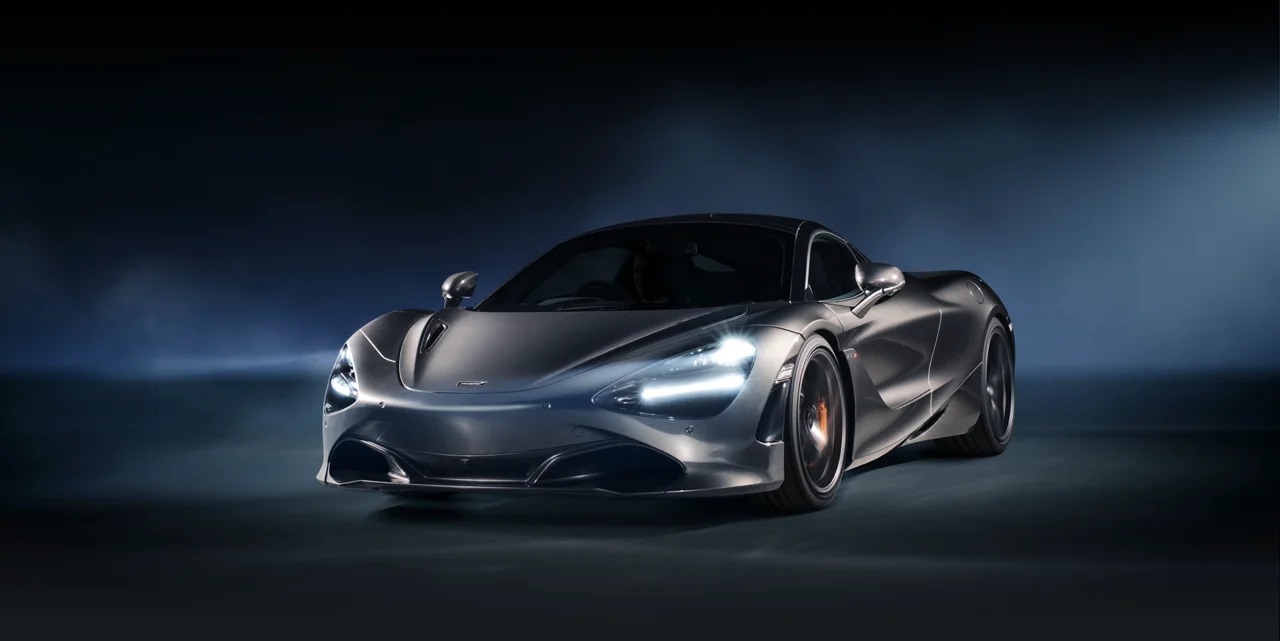
Fuel type
Hybrid
ARAI mileage
14 - 14 kmpl
Transmission
Automatic
Engine capacity
3456 cc
Seat capacity
4 seater
Available colours
5 colours





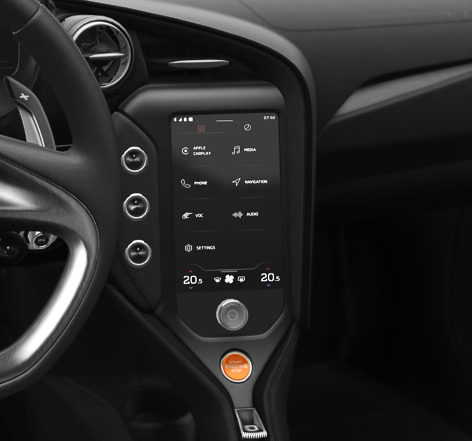
Infotainment System Display Touch Sensitive

Wheels Alloy

Headlights Projector

Front Passenger Seat Adjustment Electric

Instrument Cluster Digital
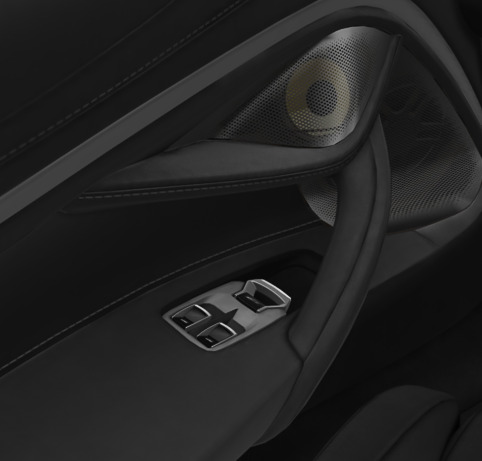
Power Windows Front Row
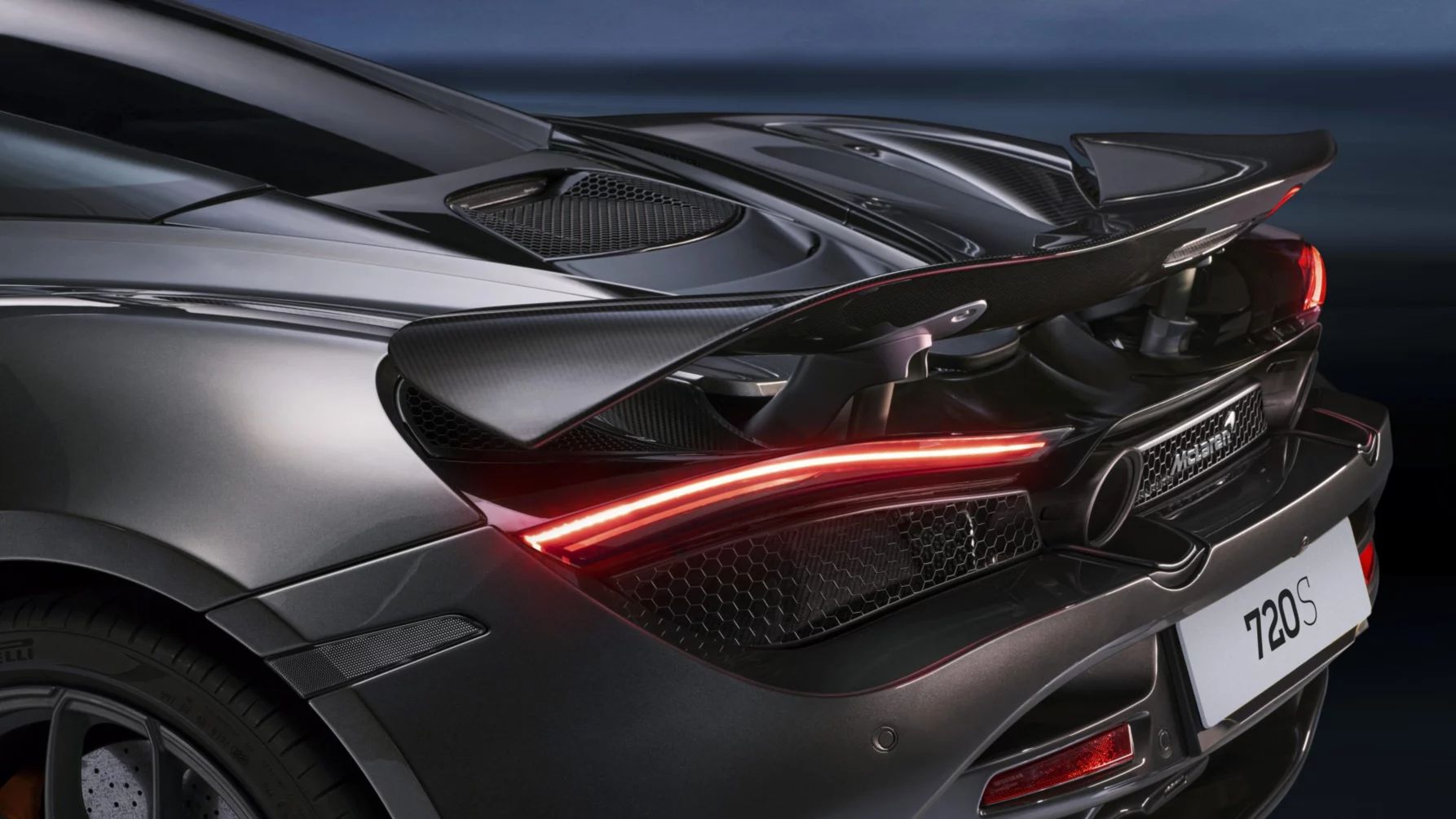
Taillights
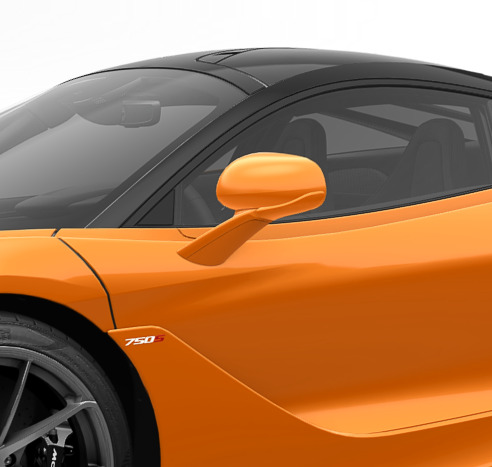
Adjustable ORVM Electric
The McLaren 720S is powered by a 3,994cc twin-turbocharged V8 engine, producing 710 bhp and 770 Nm of torque for exceptional speed and performance.
The McLaren 720S has an impressive top speed of 341 km/h, making it one of the fastest supercars in its class.
The McLaren 720S can accelerate from 0 to 100 km/h in just 2.9 seconds, thanks to its powerful engine and aerodynamic design.
The McLaren 720S has a 7-speed dual-clutch automatic transmission, ensuring rapid and seamless gear shifts.
The McLaren 720S features a lightweight carbon fibre monocoque structure called "Monocage II," which improves agility and performance.
Discover. Decide. Drive.
Explore at your pace, with expert recommendations if needed. Finalise and book your car at the best price.
Financing the right way
Access the best loan options with hassle-free, paperless financing.
Prepare to drive
Schedule delivery for your special day and track updates effortlessly.Schedule delivery for your special day and track updates effortlessly.